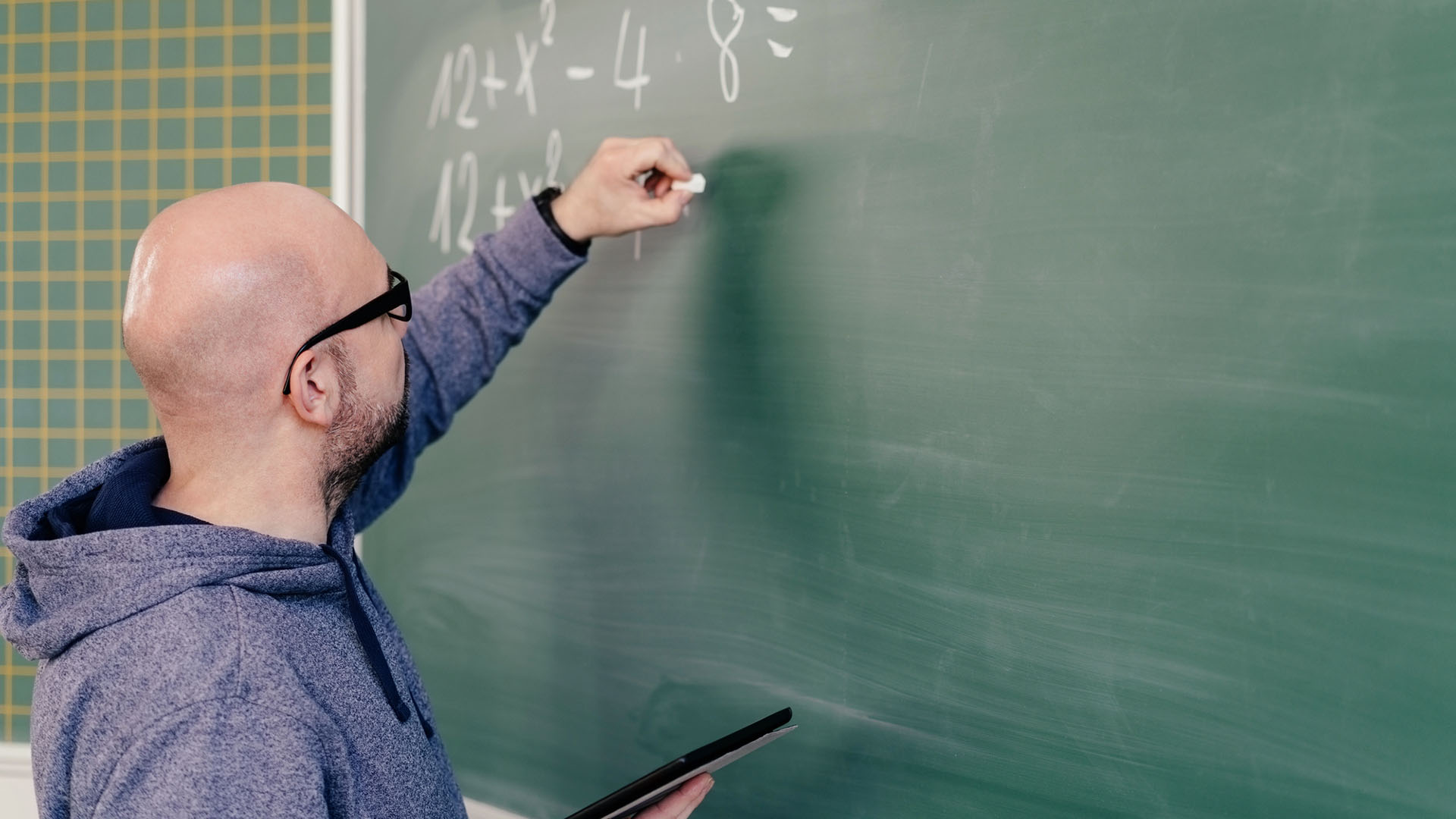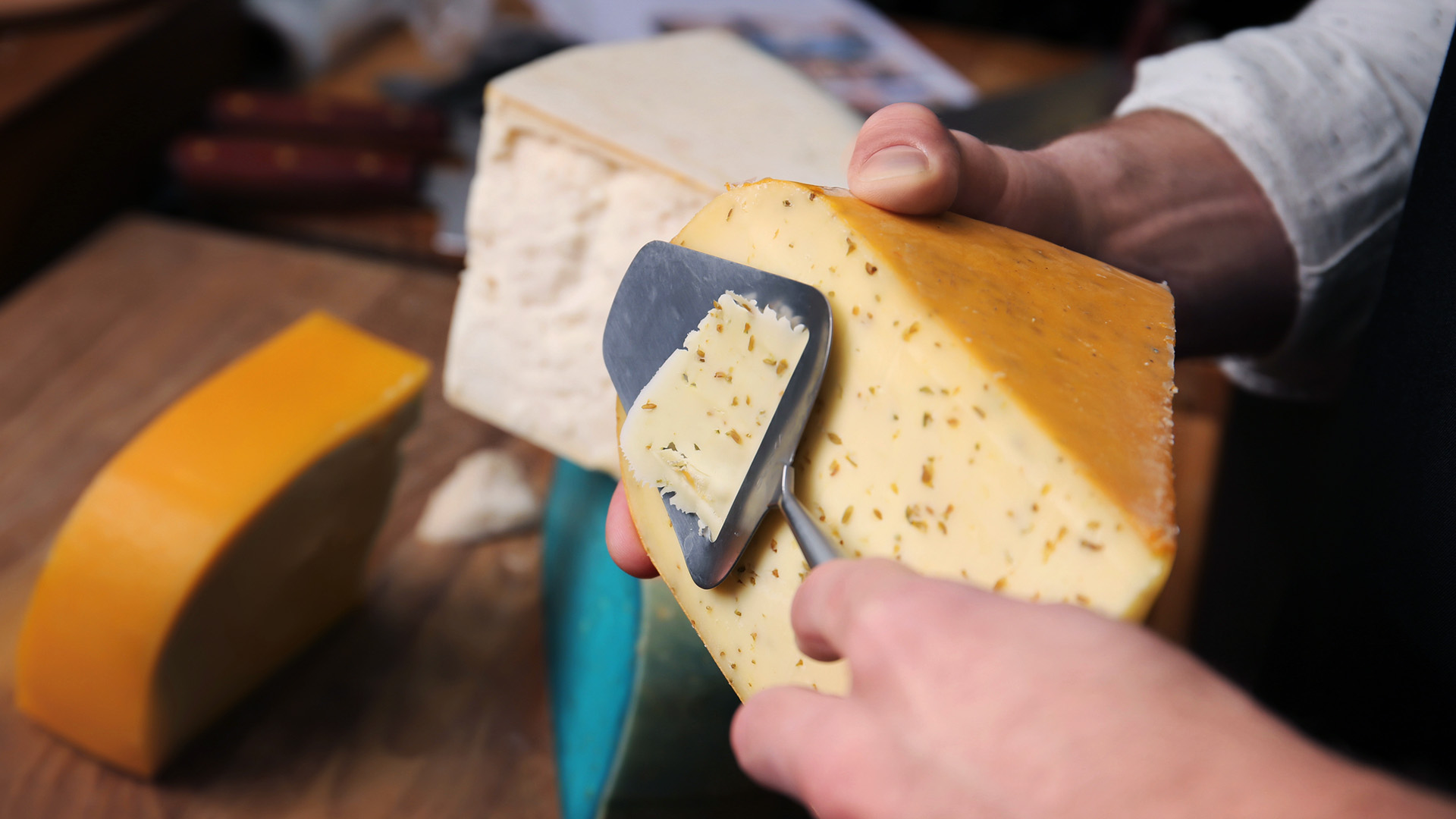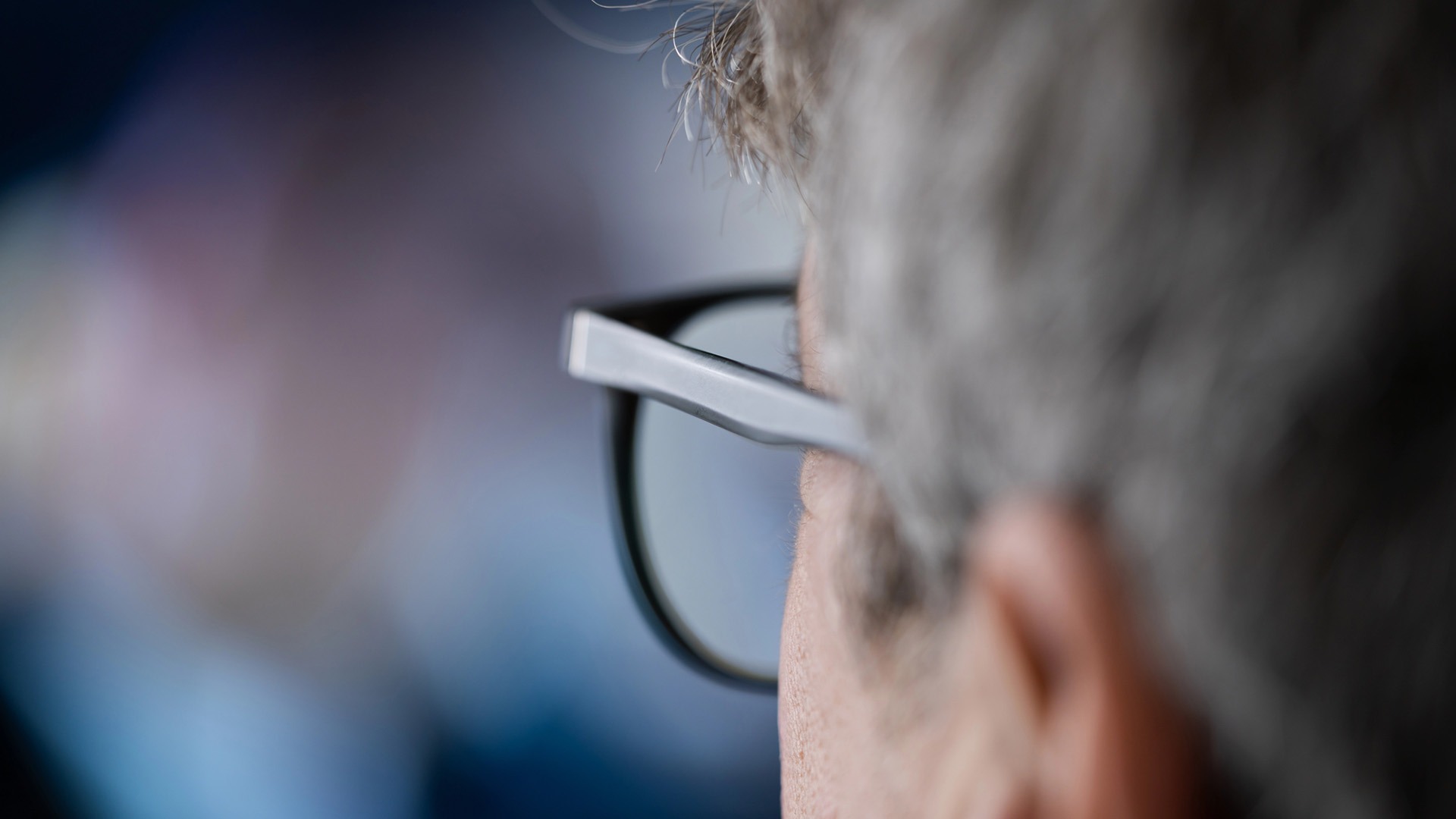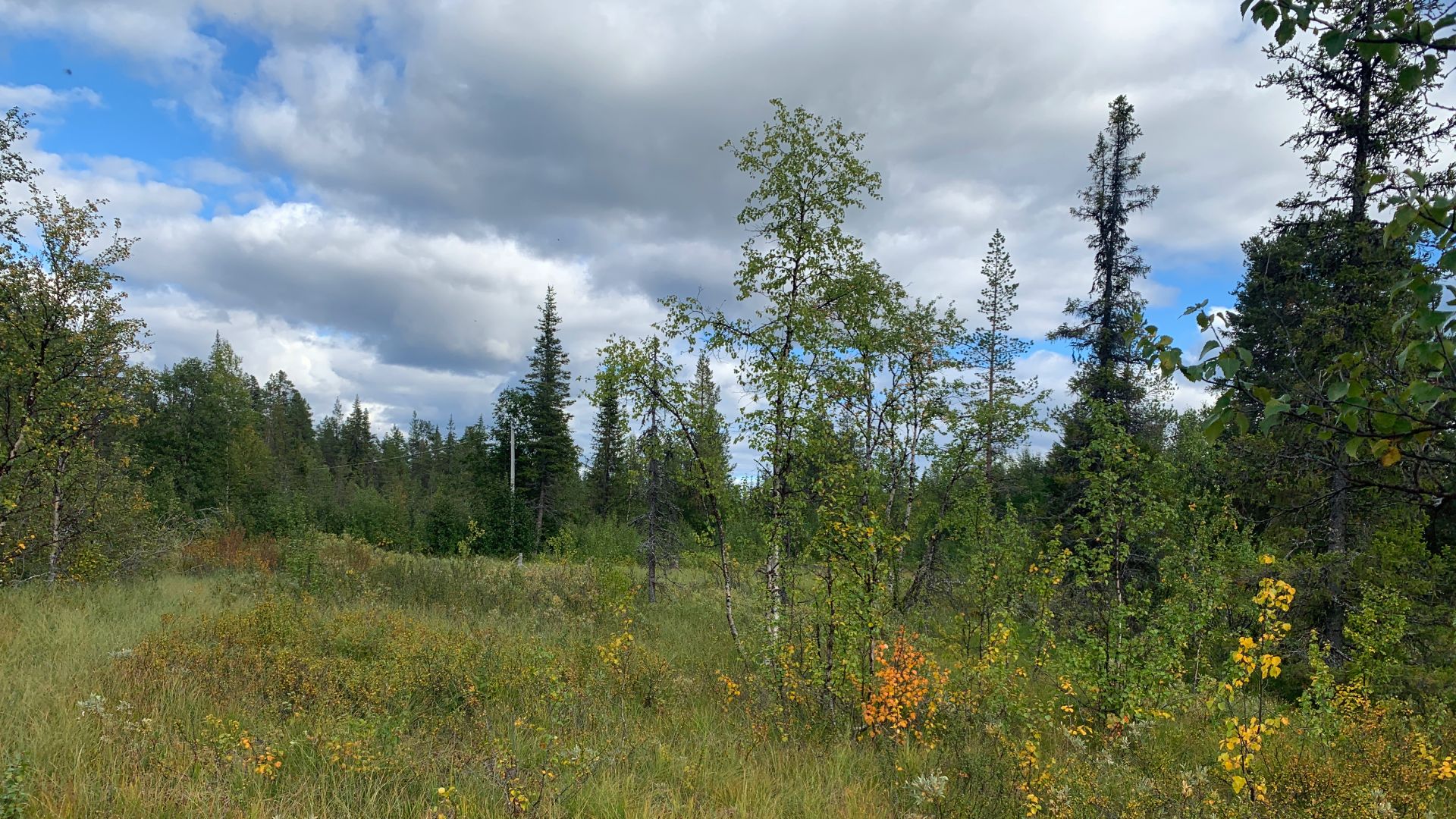Shipworm threatens marine archeological remains in the Baltic
Shipworm has spread to the Baltic Sea. If it continues to spread, it threatens to destroy still well-preserved and irreplaceable shipwrecks and other marine archeological remains along the coast of Sweden, according to Carl Olof Cederlund, professor of marine archeology at Södertörn University College in Stockholm and the Swedish representative in the EU project that has now determined the spread of shipworm to the Baltic for the first time.
“Up till now the Baltic has been regarded as a haven against shipworm. This is one of the reasons why it was possible to find the royal warship Wasa and other large wooden vessels in such excellent condition after centuries at the bottom of the sea,” adds Carl Olof Cederlund.
The EU project has been carried out by six countries and is now presenting its results regarding the protection and preservation of underwater cultural environments, primarily well-preserved shipwrecks in northern Europe.
One of the wrecks is the Dutch snaubrigg Vrouw Maria, which sank in the Finnish archipelago in 1771. It is still fully preserved, with its rigging intact. It has not been attacked by shipworm, which, on the other hand, is the case with a kogg from the 13th century off the German Baltic coast. German scientists involved in the project have been able to show that the wreck evinces extensive damage from shipworm, Teredo Navalis.
It remains to be determined just how shipworm has managed to get a foothold in the Baltic. It may have been brought in with water of higher salinity that penetrated the Danish Belts, in connection with storms, for example. It may also be that shipworm from other marine areas has been carried onboard vessels into the Baltic and released with ballast water there.
In Sweden the EU project has focused on the steam wheeler E. Nordevall, launch in 1837, one of the first steamships built in Sweden, which sank in 1856. Today it lies intact at the bottom of Lake Vättern.
The E. Nordevall played a central role in the discussion about and development of methods for bringing to life old shipwrecks.
One way of making a well-preserved shipwreck of advanced age available to the general public is to build a full-scale model of it. A replica, Eric Nordevall II, is now being built at the Forsvik Dockyards in the municipality of Karlsborg. The aim is for the replica to ply the routes of the original ship, carrying passengers.
Another thought is to be able to display the vessel to the public at the bottom of the lake.
“It’s not unrealistic to use modern digital technology to transmit direct images of the ship from the bottom of the lake to a museum along Vätternstranden,” says Carl Olof Cederlund.
The three-year EU project is called Monitoring, Safeguarding and Visualizing North European Shipwreck Sites, abbreviated MoSS.
The project is the first project in marine archeology to be supported by the EU’s European Community Culture 2000 Program. It is organized and executed by partners in Finland, Sweden, Denmark, the Netherlands, the United Kingdom, and Germany.
The initiative and coordinating center is Finnish, the Section for Marine Archeology at the National Board of Antiquities in Finland. Södertörn University College is the Swedish partner, and Carl Olof Cederlund, professor of marine archeology there, is Sweden’s representative. The Foundation for Baltic and Eastern European Studies has provided the Swedish part of the project funding.
The address to the project’s Web page is: http://www.mossproject.com
Images are available at:
http://www.nba.fi/INTERNAT/MoSS/pressphotos.html
Kontaktinformation
For further information about the project and its findings:
Contact Professor Carl Olof Cederlund at Södertörn University College, Stockholm, e-mail: carl-olof.cederlund@sh.se or
the Finnish coordinator, Executive Director Riikka Alvik, Section for Marine Archeology at the National Board of Antiquities, Helsinki, e-mail: riikka.alvik@nba.fi




